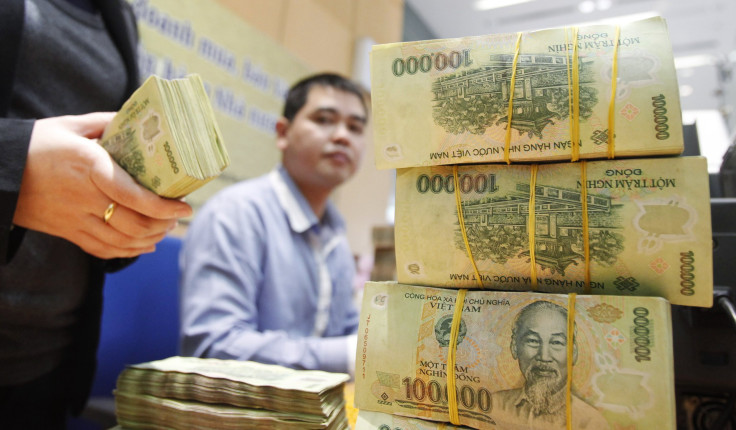Four Major Vietnamese State-Owned Enterprises That Will File For IPOs Soon

Vietnam's privatization of 432 state-owned enterprises (SOEs), which accounted for 35 percent of the gross domestic product last year, has begun in response to pressure to revitalize the corrupt and inefficient state-owned sector, but the process is slow and may not be a magical cure for the economy.
“While we expect that in broad strokes diversifying ownership will help improve company decision-making, there remains the risk that without corporate governance reform, this process really just injects another source of capital into companies that are as inefficient as before,” Christian Lewis, an Asia researcher for the economic and political risk firm, the Eurasia Group, told International Business Times on Tuesday.
As the fact that more than 70 percent of the first batch of 304.5 million shares went unsold shows, Vietnam's process will not be smooth. However, the next batch of shares is widely expected to find more willing buyers.
“Gradually, as macro indicators improve and foreign investors gain confidence in the government’s reform measures, the equitization [privatization] process will gain momentum and help strengthen the country’s recovery,” Lewis said.
Here are the four SOEs that are expected to begin selling shares to private investors this year or early next year.
1. Vietnam Mobile Telecom Service (MobiFone)
MobiFone is the second-largest mobile network operator, with a 21.4 percent market share. The company will be the first SOE in the telecom sector to be offered to the public when 80 percent of its shares are put up for sale later this year. Vietnam Post & Telecommunications Group, which currently runs the company, will own the remainder.
Vietnam’s growing telecom sector brought in an estimated $9.9 billion last year, according to the Wall Street Journal, and about 90 percent of that revenue is accounted for by Viettel, with a 44 percent market share, MobiFone, and Vinaphone with 19.9 percent market share.
2. Vietnam National Textile and Garment Group (Vinatex)
Vinatex initially planned to initiate the IPO process in the last quarter of 2013, but missed their launch date twice; it is now on track for a second-quarter IPO. The group will sell 49 percent of its stake, with the state retaining the rest.
Vietnam’s textile and garment industry is expected to be one of the biggest beneficiaries if and when the country becomes a member of the Trans-Pacific Partnership, which could make Vinatex attractive to foreign investors. Overall, the industry is expected to reach $30 billion in export revenue by 2020, compared to $20 billion last year, and could reach $55 billion by 2030.
3. Vietnam Airlines
The state-owned airline brought in $3.4 billion in 2013, earning a $25.3 million profit. It owns 82 planes, and accounts for about 63 percent of the seats on domestic flights each year, and is “on track” for a second quarter 2014 initial public offering, the New York Times reported. Only 25 to 35 percent of the shares will be sold initially, with the government holding onto the rest.
Vietnam Airlines is the only major Southeast Asian carrier not currently publicly listed. As airlines controlled by governments typically struggle to remain competitive, the company may have trouble attracting investors, according to Shukor Yusof, an aviation analyst at the ratings agency Standard & Poor’s.
4. Vietnam National Shipping Lines (Vinalines)
Vinalines is a shipping, ports and services holding company that has had even more scandals and problems than the average SOE in Vietnam. In December, a former chairman of the company was sentenced to death for embezzlement, and two of its subsidiaries, VInashin Ocean Shipping Co. and the Vietnam Oil and Gas Transportation Co., have filed for bankruptcy.
Nonetheless, the company is planning to make an IPO by early 2015, and will sell as much as 70 percent of the stake.
© Copyright IBTimes 2024. All rights reserved.




















